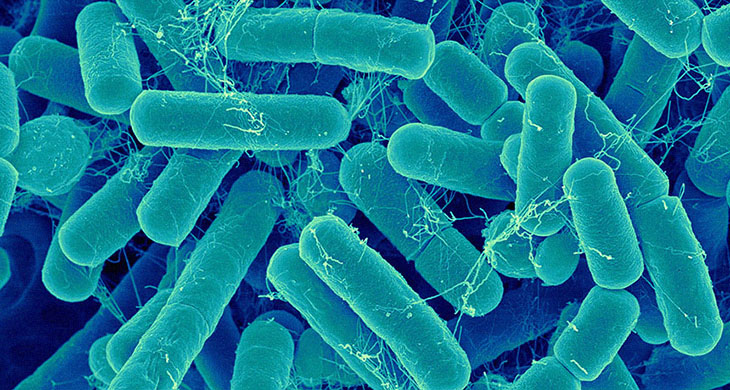Scientists Finally Discovered A New Non-Invasive Probe With The Ability To Monitor Healthy Gut Bacteria

The gut contains bacteria – some of which are healthy and some of which can be detrimental to the health.
Here are some facts that you may need to know about the bacteria that live in the gut and the developments that have been recently made:
- There is a presence of a community of gut bacteria. These are otherwise known as gut microbiota. They play an integral role in gut health and can cause a variety of illnesses such as cancer, diabetes, obesity, depression, and inflammatory bowel disease.
- The goal of a variety of probiotic and prebiotic supplements is to restore a healthy balance in the microbiome. Unfortunately, the effects are a challenge to study.
- Researchers and experts have finally and successfully developed a probe that can measure the activity level of an enzyme produced by the bacteria. The enzyme is the clue to the benefits and effects.
- A female volunteer had swallowed two capsules that contained the newly developed probe. This had the ability to monitor the microbial health of the entire length of her digestive tract.
The gut microbiota belongs to the community of bacteria, fungi, viruses, and other microorganisms that live in human digestive tract.
In the past few years, scientists have discovered the connection between a range of interactions of the gut microbiota and human health. They have, in fact, gone to the lengths to say that these have a strong connection with the overall health. Unhealthy gut health have been shown to have effects on mood, eating disorders, and immunity.
Studies have been conducted on this issue, and the most recent one shows that there is a strong link between specific bacterial species and the risk of developing diabetes, heart disease, and obesity.
Bacteria found in the gut produce an enzyme called bile salt hydrolase (BSH). This has been essential to health. As a matter of fact, scientists have linked high BSH activity to decreased inflammation and lower blood cholesterol counts. BSH also offers ample protection against the deadly colon cancer and the common urinary tract infections.
Development of the Gut Probe
Scientists have yet to uncover much about the intricate interactions among human diet, gut microbiota, and overall BSH activity.
To date, an international team of researchers have been formed to specifically study the effects of prebiotics. These include insoluble dietary fibers that promote the development of “good” bacteria and the activity of BSH inside the digestive tract. Their goal was to develop a clinical test to assess the enzyme’s activity specifically in those who suffer from inflammatory bowel disease.
Right now, microbiologists make use of indirect techniques to measure and look into the enzyme’s activity. They do this through the analysis of fecal samples or culturing bacteria in the lab. While these have brought about strong findings, there efforts are not a direct reflection on just how diverse the bacteria are and how chemically complex their natural environment is. After all, the gastrointestinal tract varies from one person to another, depending on their diet, structure, and health.
So the team formed is led by primary researchers at the University of Missouri, in Columbia, and the Swiss Federal Institute of Technology, in Lausanne. They wanted to delve deeper into the gut and in the years of study and research, they finally developed a noninvasive chemical probe that measures the activity of BSH that runs along the entire length of the human gut.
The studies have produced amazing results and findings that have published in the journal, Science Advances.
Firefly Luciferase
The probe that the team developed relies on a natural compound called luciferin. This compound has the ability to emit light as long as there is the presence of oxygen. Thus, the enzyme luciferase, has been named aptly so from the term that means fireflies.
In the probe’s creation, the researchers found a way to chemically “cage” the luciferin. They did this by combining it with a tiny molecule that protects it from luciferase. The cage allows only the enzyme BSH to free the luciferin molecule from the probe. As a result, the amount of light that a fecal sample produces in the presence of luciferase is proportional to the amount of BSH that runs along the entire length of the human gut.
The scientists first tested the said probe on samples they’ve acquired and placed in the lab. A female volunteer swallowed two capsules with the probe. They noticed that these had successfully measured the enzyme’s activity. Dr. Elena Goun, an associate professor in the university’s chemistry department and the senior author of the studies said, “Until now, we have not had any ways to noninvasively monitor activity in the intact gastrointestinal tract, given the unique chemical environment, variable distribution, and highly dynamic nature of the gut microbiota.”



